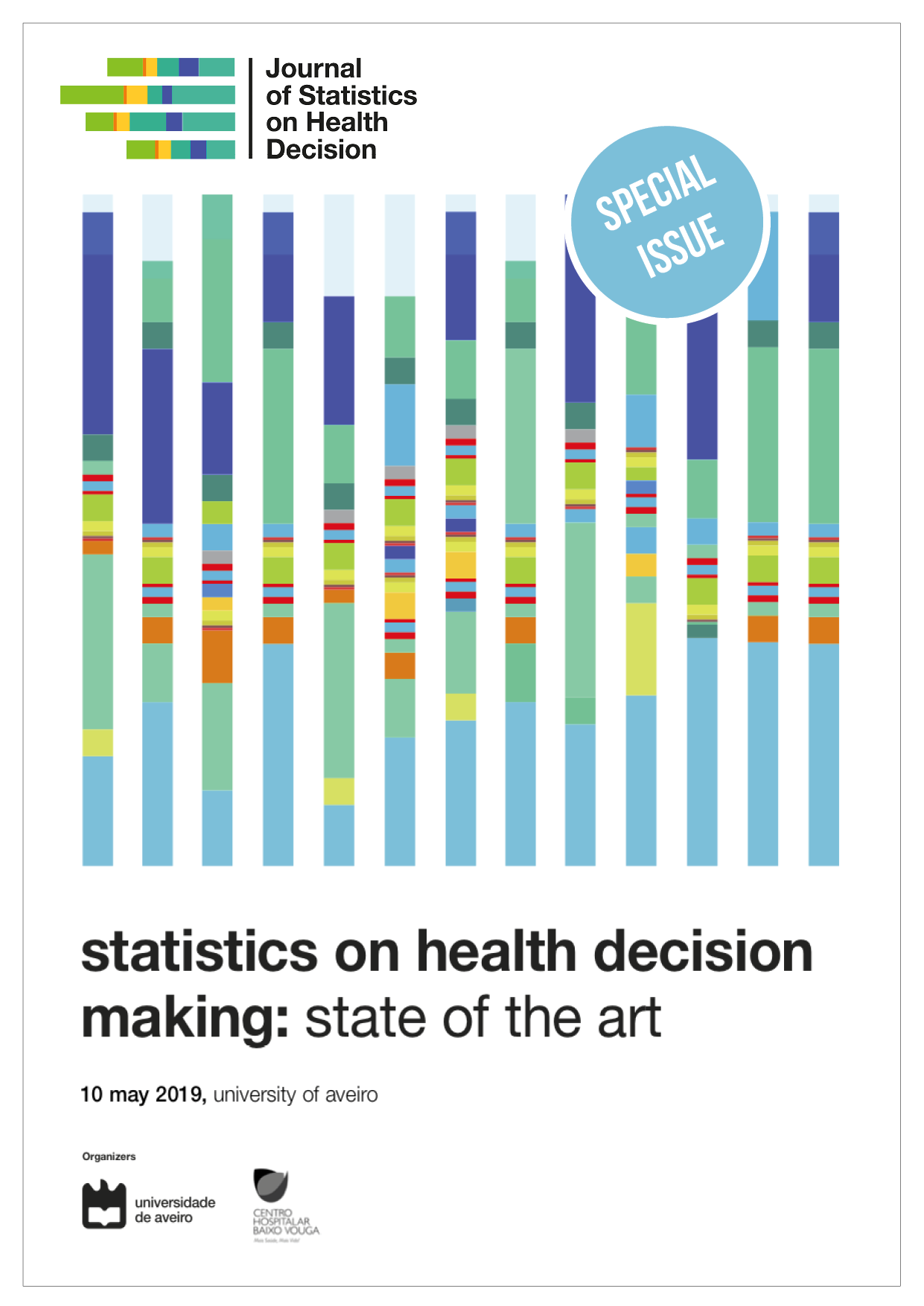P31 - Prevalence of cardiovascular disease risk factors in a Nepalese post-seismic population: a comparative study using propensity score matching.
Abstract
Non-communicable disease are the leading causes of death in developed and developing countries worldwide (1). Nepal is an example of this paradigm - from 2005 to 2015, the ischemic heart disease increased around 25.3% and brain vascular disease increased 25.7%. (2) The April and May 2015 earthquakes imposed critical social and epidemiological pressures, resulting in critical lifestyle changes, namely regarding cardiovascular disease (CVD) risk factors.(3) Various organisations provided support to these people and engaged in various activities aiming to opportunistically improve this CVD burden.
The aim of this study was to appraise the prevalence of CVD risk factors and health behaviours in two cohorts of a native Nepalese population, with a common origin from a remote village that were separated in two groups after the incidents of the May 2015 earthquake, using a Propensity Score Matching (PSM) analysis.
Copyright (c) 2019 Journal of Statistics on Health Decision

This work is licensed under a Creative Commons Attribution-NonCommercial-NoDerivatives 4.0 International License.
When submitting an article to the Journal of Statistics on Health Decision (JSHD), authors certify the following clauses:
- Originality and single submission – The contents presented in the article have not been published previously in whole or in part, and were not submitted or are not under active consideration elsewhere prior JSHD decision. The article is authentic and does not contain plagiarism.
- Authorship – All authors reviewed the article, agreed with its content, and agreed to its submission to the JSHD. All the authorship criteria stated by The International Committee of Medical Journal Editors Guidelines were met.
- Conflicts of interest – Any conflict of interests were declared. If authors have no declaration, it should be written (in the acknowledgements section): “The authors declare no conflict of interests”.
- Ethics committee and informed consent (if applicable) – The current research was approved by an independent ethics committee and subjects gave their informed consent before they were enrolled in the study.
- And authors agree to the Open Access license agreement of the Journal of Statistics on Health Decision, stated bellow.








